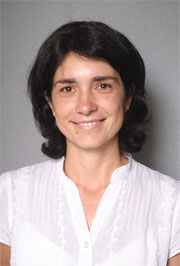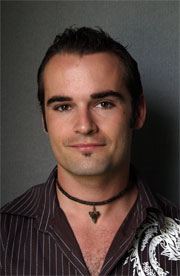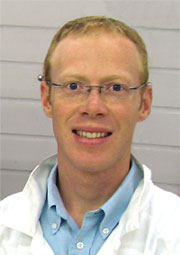GEMOC participants
GEMOC is based at Macquarie University (in the Department of Earth and Planetary Sciences). There is active collaboration with state Geological Surveys, GA (Geoscience Australia), CSIRO, ANU/RSES and several major industry concerns, across a broad range of projects.
There is active collaboration with state Geological Surveys, GA (Geoscience Australia), CSIRO, ANU/RSES and several major industry concerns, across a broad range of projects.
Collaborative research, teaching and technology development links have been established with other universities nationally and internationally and these evolve as new alliances become relevant to new directions.
GEMOC has developed ongoing collaborative relationships with national and international industry and end-users such as Geological Surveys globally (eg some Australian states, Canada, Norway).
GEMOC has a wide network of international research and teaching development partners and collaborators.
A full list of GEMOC participants and their affiliations is given in Appendices 1 and 3

CHANGES IN 2006
Dr Debora Araujo commenced in March 2006 as a Research Associate and is using laser-ablation microprobe techniques, recently developed in GEMOC, to analyse the trace-element patterns of diamond crystals from several localities worldwide. The results will define the nature and evolution of the parental fluids of the diamonds, and thus shed new light on the processes of diamond formation and the nature of fluids in the deep Earth. The data will be used to test the potential for fingerprinting diamonds by source; such fingerprinting can be used as a tool in controlling the flow of stolen and illegally mined diamonds.

Dr Elena Belousova was awarded a Macquarie University Vice-Chancellor’s Innovation Fellowship for a project titled “Tomorrow’s TerraneChron®: new developments, new deliverables and new destinations”. Her project will carry TerraneChron® methodology (see p. 25) and delivery to a significantly higher level, and will develop a robust predictive framework for recognising prospective mineralised terranes using data-mining and advanced statistical analysis.
Dr Alex Corgne joined GEMOC as a Research Associate in March 2006 to work with Professor Bernard Wood in the experimental geochemistry laboratory and to set up experimental equipment including the 800-ton multi-anvil press. His current scientific projects address the formation, internal structure and chemical composition of terrestrial planets. Using high-pressure and high-temperature experiments to recreate a variety of physicochemical conditions at depth, Alex is measuring the affinity of key chemical elements for the Earth’s core. His experiments can tell us about the composition of the Earth’s core as well as the conditions at the time of core formation. Alex is also investigating the effect of varying mantle composition on the sharpness of seismic discontinuities, with important implications for the mineralogy of the deep mantle.

Dr Kevin Grant joined GEMOC in January 2006 as a 5-year Research Associate. Kevin is primarily interested in employing sample heterogeneities measured on an atomic scale to help understand the chemical composition of the Earth’s lithosphere. His research takes the shape of an interdisciplinary approach that blends experimental petrology and themodynamic modelling with the analysis of natural samples. Specific areas of recent interest have centred upon the incorporation of trace elements into silicate minerals and melts. The goal of these studies is to characterise the chemistry of the dominant phases that comprise the lithospheric upper mantle and to understand the role of different processes in the long-term evolution of this part of the Earth.

Dr Laure Martin joined GEMOC as a Research Associate working on elemental exchange between the surface and interior of the Earth via subduction zones. In the course of its burial, the subducting plate is dehydrated, leading to the crystallisation of high-pressure (HP) minerals and the production of fluids. These fluids induce partial melting in the overlying mantle which, in turn, is responsible for arc volcanism. Fluids formed during slab dehydration are, therefore, vectors for the elemental transfer between the subducting slab and the mantle. Constraining their composition, and that of the associated HP minerals, is the key to understanding the role of subduction zones in the geochemical evolution of the mantle. An experimental program is aimed at simulating such processes at subduction zones and understanding the partitioning behaviour of elements between the fluids and the HP minerals.

Dr Craig O’Neill commenced a Macquarie University Research Fellowship for three years. His project will use quantitative numerical modelling to evaluate the links between episodes of intense mantle convection and the production of the continental crust. These models will assess the degree of melt production and crustal generation resulting from different styles of episodic mantle convection, and will determine which types of mantle evolution through time could produce the age distribution observed in the continental crust worldwide and will also address the potential longevity of domains of lithospheric mantle. The research addresses a critical shortcoming in our understanding of the formation and evolution of continents, with important implications for the distribution of major mineral and energy resources.

 GEMOC ARC National Key Centre
GEMOC ARC National Key Centre